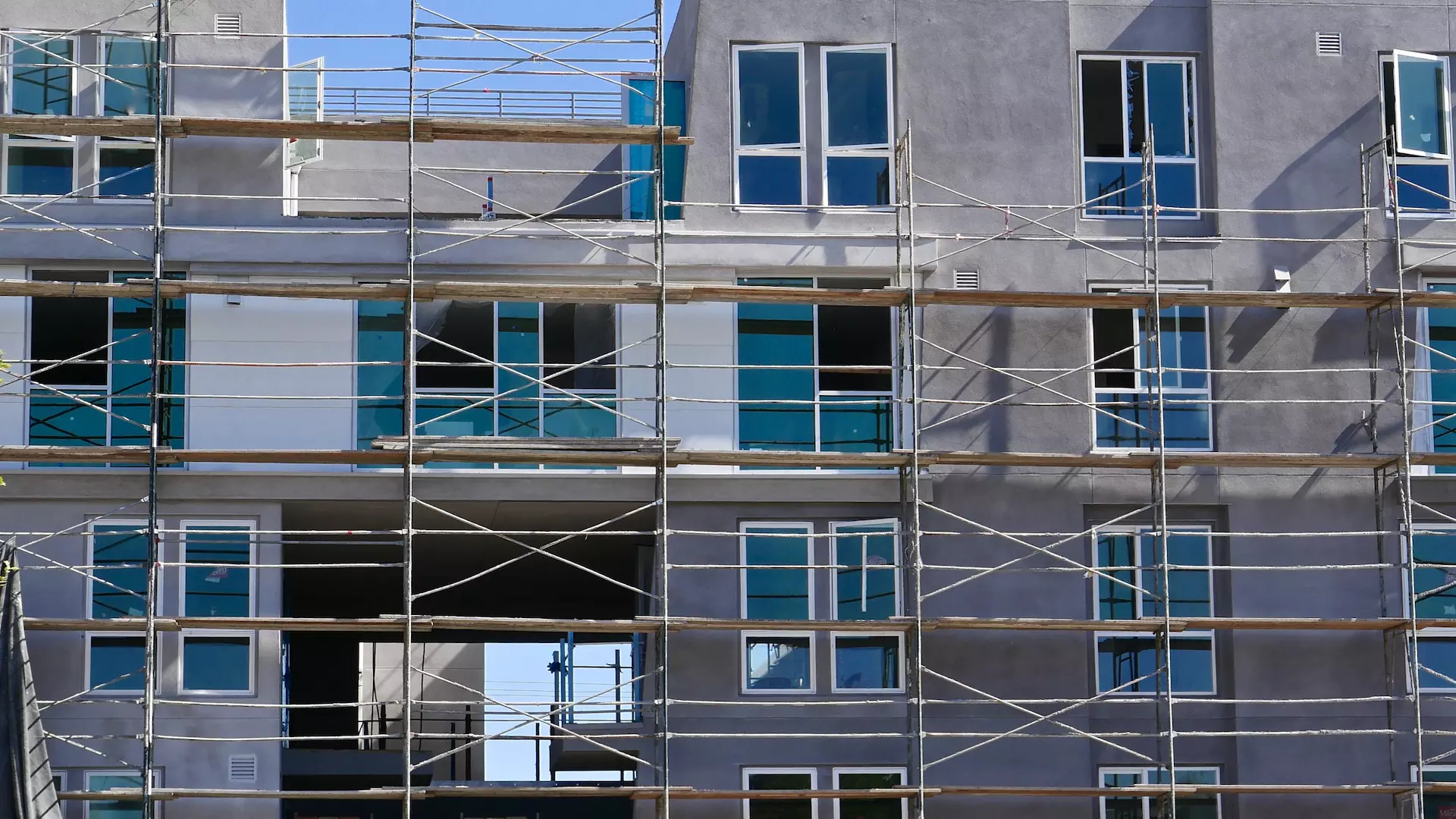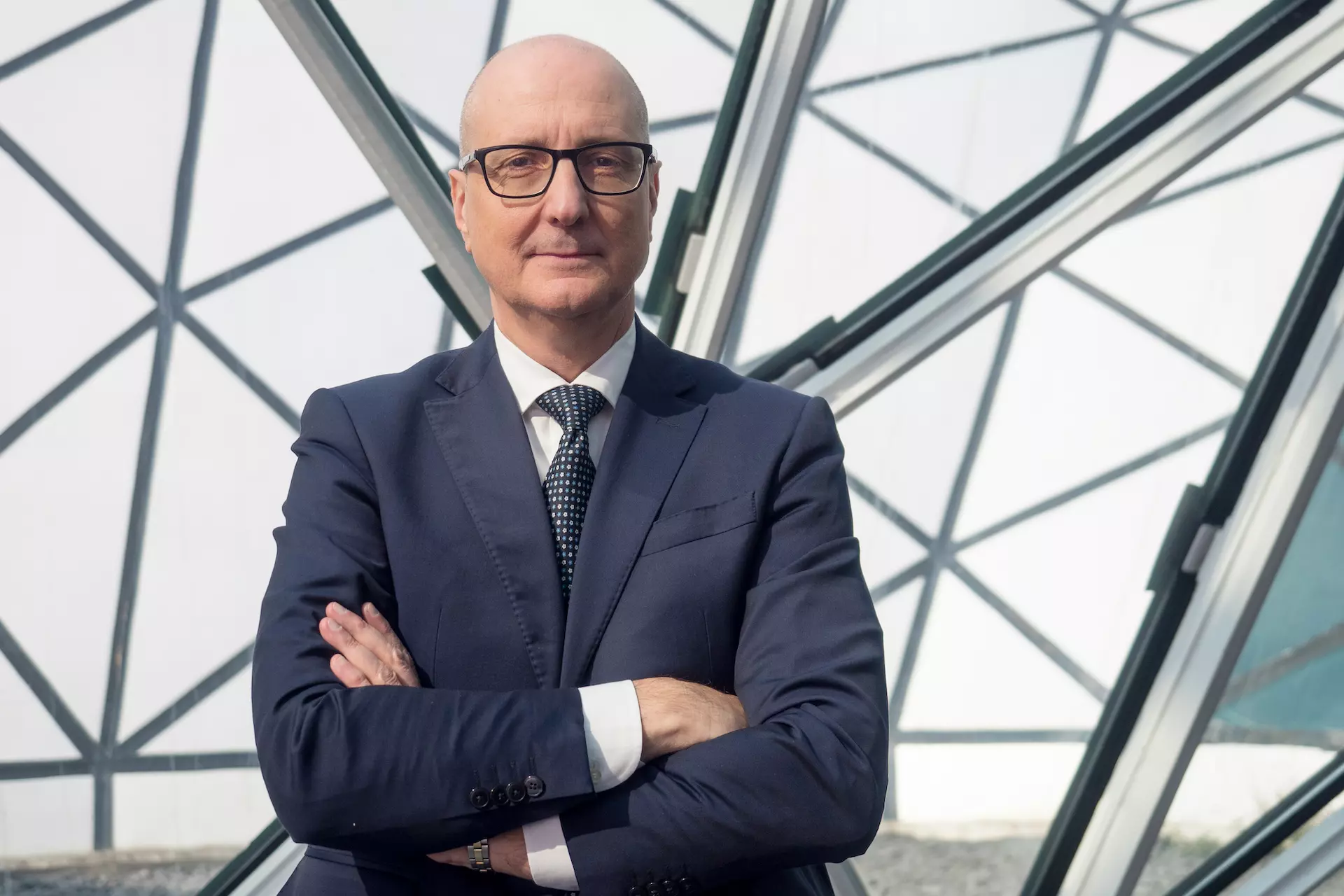https://www.lifegate.it/edilizia-miba
- |
- The construction sector has, in recent years, been at the center of policies regarding sustainable development.
- 85 percent of European properties are more than 20 years old.In Italy, half are over 50.
- There are several examples of synergy in the sector:one is the one promoted by Fiera Milano and is called Miba.
Today, 15 percent of European buildings are in the lowest energy class.With the directive green houses, Europe is focusing on energy requalification and building efficiency:by 2028, those in class G will have to move to a higher class (for public buildings this objective will have to be achieved one year earlier).
More generally, 85 percent of European properties are more than 20 years old and just 0.2 percent of these are subjected to deep renovations that reduce their energy consumption. In Italy, the situation is even more emblematic:on a building stock of approximately 13.5 million homes, half are over 50 years old, according to data from Energy&Strategy of the Polytechnic of Milan.

Miba, an alliance between construction fairs is born
The construction sector is constantly growing:immediately after the first lockdown, the incentive known as Super bonus 110 percent, which has driven the construction sector but has involved so far only a small part of the Italian building stock.Furthermore, the sector still needs to make efficient, not only the buildings themselves, but also materials, technologies and systems.In short, the entire sector must progress towards reducing impacts on the environment.
About this an alliance between trade fairs was born:is called Miba (which stands for Milan international building alliance) and it includes four important trade fairs held every two years in Milan:Global elevator exhibition (Gee), Me-Made Expo, Smart building expo and Security.The four fairs will be held this year from 15 to 17 November (with the exception of Me-Made Expo which will continue until 18 November) and each event is a point of reference for the respective sectors to which it belongs.There is a single entity behind the organization of these events, Milan Fair, and in short they will deal with:
- Gee, Global elevator exhibition, is the event entirely dedicated to mobility within buildings, i.e. lifts, escalators, moving walkways and related components;
- Me-Made Expo it is one of the reference events in Italy for the world of construction and is divided into two halls, constructions and envelopes, both oriented towards the topics of innovation and sustainability;
- Smart building expo instead it will be the manifestation of home and building automation and technological integration.Organized by Fiera Milano and Pentastudio, it is a fair organized to discuss smart cities, since a market in which buildings are increasingly automated, connected and multitasking is increasingly developing;
- Safety, finally, it is the reference event in Italy and among the first in Europe dedicated to security and fire.It offers a complete overview of video surveillance, access control, intrusion detection, fire detection and extinguishing, but also of the new cyber frontiers of security.
Miba will tell all this, thanks to the synergy between the four events dedicated to the construction sector and which, taken together, will offer an all-round vision of the development of the built environment, from the casing to the design, up to the intelligent building management, the protection of goods and people and home automation, to arrive at the latest technological and design solutions in the world of mobility.

Innovation and sustainability, the two drivers to decarbonise the sector
From an analysis of the data provided by the regions and autonomous provinces to Information system on energy performance certificates (Siape), created and managed by Enea, it emerges that almost 80 percent of non-residential buildings and 90 percent of residential buildings in Italy are found in energy classes D or lower.This figure is understandable if we consider that over half of the national building stock is made up of buildings built before 1970.
Because of this we need to innovate, as well as renew, the construction sector.The director of tech events at Fiera Milano, Paolo Pizzocaro, is convinced of this:“Innovate, work on new low impact materials and new technologies, means not only adapting to new regulations and achieving European objectives, but also, concretely, reducing the impact on the planet and promoting greater living comfort for everyone.So greater inclusiveness of buildings, which is nothing other than another face of sustainability", concludes Pizzocaro.
“Create a system, integrate and share they are objectives that, finally, are also part of our sector as competitive levers", adds Regina De Albertis, president of Assimpredil Ance."There market turbulence he proved us right and it is a value for everyone to rethink the contractual relationships between clients, designers, executors, producers, sellers".De Albertis does not believe that a directive like the one being discussed in the European Parliament can solve the Italian problem.“Achieving the objective set by the draft directive presupposes an epochal effort in terms of investments and production chains used:approximately 1.8 million residential buildings in 7 years, approximately 182 thousand interventions per year to which all other buildings should be added.Enea estimates speak of almost 60 billion per year of investments for five years!”.
Ergo it takes a adequate financial support.There are many funds that Italy can draw on, such as he made it known Irish MEP Ciarán Cuffe, rapporteur for the directive:the European Investment Bank, the European Central Bank, the Recovery Fund funds, the structural funds.So the money is there.But in addition to environmental governance, “we also need to activate other levers such as those of legality, safety and regularity of work, conscious choices in the supply chain and social commitment", concludes Regina De Albertis who through ANCE has promoted a voluntary code of conduct.Is called “Sustainable impact construction site” and is divided into 8 measurable commitments with increasing levels of responsibility.These commitments also include those to sustainability and decarbonisation.A way also to enhance what companies already do in terms of sustainable development and to attract more and more commitments on this topic.
